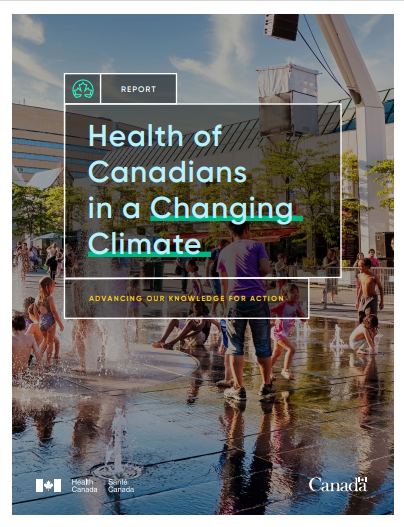Chapter 1 of Health of Canadians in a Changing Climate (led by Health Canada, released in 2022) describes how the health impacts of climate change are already being felt across Canada and are expected to worsen in the coming decades. The report identifies that the direct and indirect impacts of climate change on health are interlinked with social, economic, and environmental factors. For instance, marginalized populations are more likely to suffer severe consequences due to existing inequalities, limited access to healthcare, and heightened exposure to climate risks.
The report also discusses how climate change threatens food security, air and water quality, and mental health, particularly in rural, remote, and Indigenous communities. It highlights how these impacts can lead to cascading effects on health systems, increasing demand for medical services, while simultaneously straining resources. Addressing these multi-dimensional risks requires integrating climate change considerations into public health planning and building adaptive capacity within communities.


